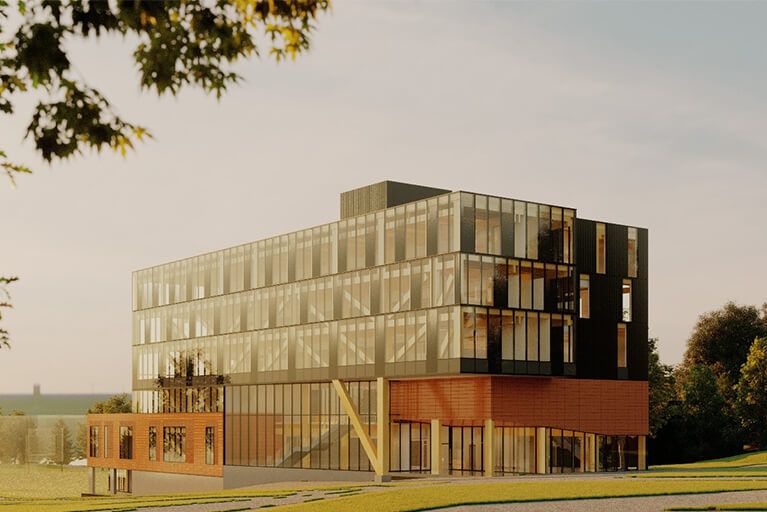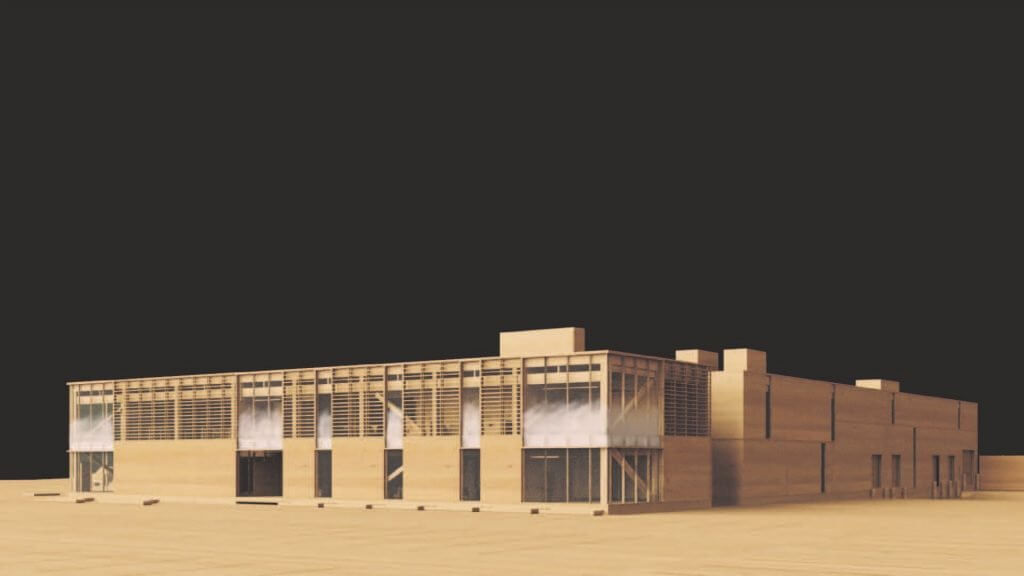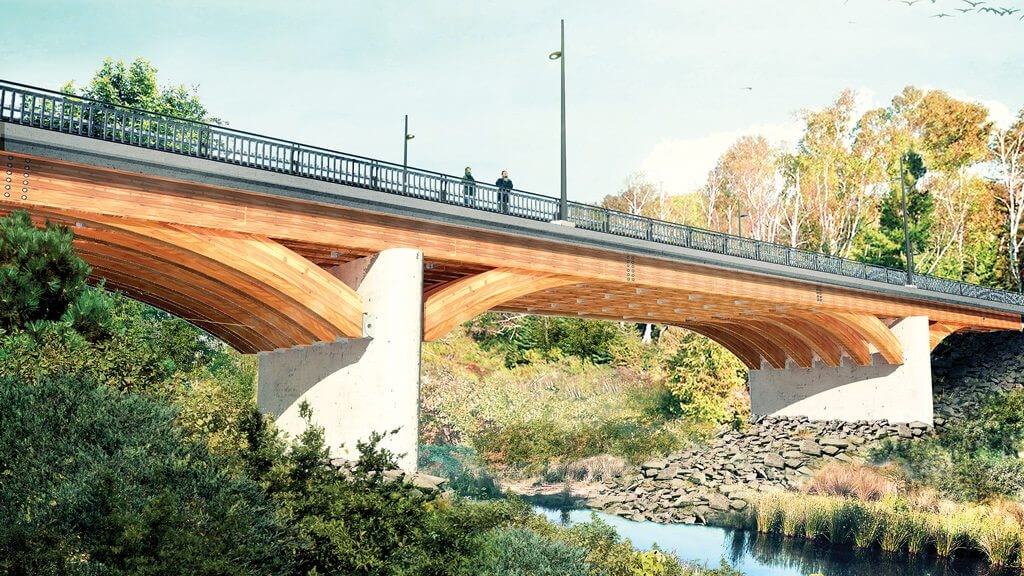
Our industry has evolved quickly over the past few years, and it is hard to ignore the amount of hype surrounding the reintroduction of wood in the construction industry. This past March, I had the opportunity to attend the
2019 Mass Timber Conference in Portland. The conference started in 2016 with only a few attendees but has grown quickly, and the 2019 event had over 1500 people from over 17 countries in attendance. I left the conference with a few exciting takeaways about the future of structural wood.
Use of wood in tall commercial or institutional buildings in Toronto dates back to the 19th century. Along Spadina Avenue, many turn of the century textile and printing factories used heavy wood flooring, known as mill deck (aka Nailed Laminated Timber – NLT) supported by sawn (mass) timber beams and columns. The historic Old City Hall building in Toronto is a perfect example of a large institutional building built using wood floors, columns, and stones. I find that the use of wood in in our occupied spaces creates a more positive feel and atmosphere. Around the industry, this phenomenon is referred to as the “Biophilia Hypothesis”. There is ongoing research that finds humans subconsciously seek connections with “life” and the natural world, and structural wood use can work to help facilitate those natural connections.1

The prevailing takeaway from the 2019 Mass Timber Conference was that the science, engineering (both structural and fire), and manufacturing of mass timber has reawakened the industry. It is now much easier to use heavy timber in buildings where fire codes previously didn’t allow its use (even if fire proofed). Engineered floor panels such as cross, glue, dowel, and nail laminated timber, are stronger, lighter, and faster to erect. Structural engineers around the world are experimenting with these materials to achieve even better systems where architecture, services, and structures are fully integrated. Fire codes are forging ahead with studies, and full model fire testing is underway to help push the envelope.
In Ontario, it is possible to push the limit and construct buildings with exposed wood well above the 6 storey guideline by introducing Alternative Solutions. Our firm is currently working on The Arbour at George Brown University along with Fast and Epp, one of the most creative engineering firms in this space. This building will be one of the first Tall Wood buildings in the area – 10 stories high, at about 170 feet, of all exposed wood.
There are a number of additional mass timber projects currently underway in Toronto, including: 77 Wade St by BNC Architects, University of Toronto by MJMA Architects, Hullmark by Quadrangle, Toronto and Region Conservation Authority HQ by ZAS, and Ontario Secondary School Teachers Federation HQ by MTA. This brief list is only a small sample of the emerging trend. LEA is also working on three buildings at Canadian Nuclear Laboratories that have embraced mass timber as the material of choice; a six storey office complex and two support and logistics facilities that encompass long span wood structures. The resurgence of wood is not just limited to buildings. The advancements in timber technology that allow for long span structures has led to a resurgence of the material when developing bridge structures. One such project that LEA is currently working on is the innovative Duchesnay Creek Bridge, which utilizes timber girders to provide a modern interpretation of the classic wood bridge.

This resurgence in Mass Timber has little impact on our forests. There exist many preconceived issues associated with Mass Timber, that are being addressed through educating the industry. The issue around supply has been quantified, the planet has enough forests to sustain the growth in Mass Timber buildings. According to US forestry, the growth will represent 4% of the net annual wood growth in the US— a small fraction of the total resources available. Benefiting from the aesthetic qualities of wood, many other manufactured materials are reduced in buildings. As a matter of fact, the lighter nature of the element helps in reducing gravity and seismic loads.
Without economic viability, new innovations will not survive. We had this notion going into our project at CNL but were pleasantly surprised when, after completing a holistic cost comparison, Mass Timber was able to compete with more traditional materials. The study must take into consideration the reduction in finishes as well as the impact on the construction schedule which appears to be the biggest benefit. The economic benefit also extends beyond the construction stage. Data presented at the conference showed that buildings with exposed wood yield about 7% higher lease rates and they create a healthier environment with more productivity, along with the aforementioned sustainability aspect.
It seems then, that we are coming full circle. By gaining an understanding about this wonderful, renewable material, we now can build bigger and taller buildings – ultimately bringing nature back into our spaces where we work, live, and heal.

LEA Contact:
Shahe Sagharian, P.Eng.
Vice President, Buildings Structures
ssagharian@lea.ca
416-572-1790
1. Rice J, Kozak Robert A, Meitner Michael J, and Cohen David H; 2006 Appearance Wood Products and Psychological Wellbeing, Society of Wood Science and Technology
Images provided by: HDR Inc.